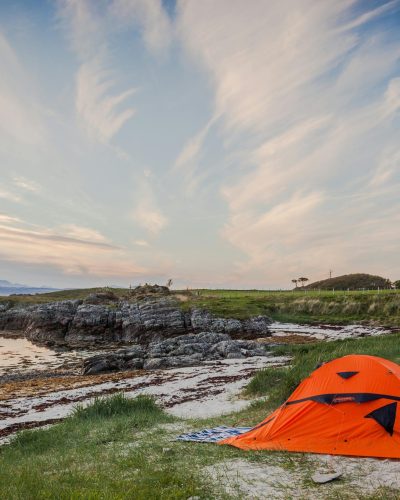
Essential Gear for Hiking and Backpacking
A well-fitted, comfortable backpack is essential. For day hikes, a 20-30 liter capacity pack may suffice. For multi-day backpacking, 50-70 liters is recommended. Look for a pack with padded shoulder straps, a waist belt, and multiple compartments for better weight distribution.
Quality footwear can make or break your hike. Hiking boots offer ankle support and grip, suitable for rough terrain, while trail-running shoes are lighter and better for smoother paths. Waterproofing and breathability are key factors in choosing the right pair.

